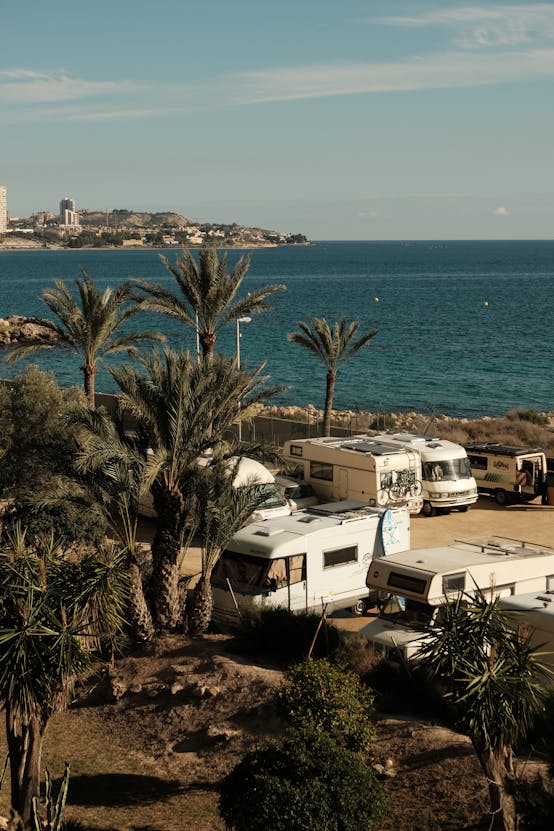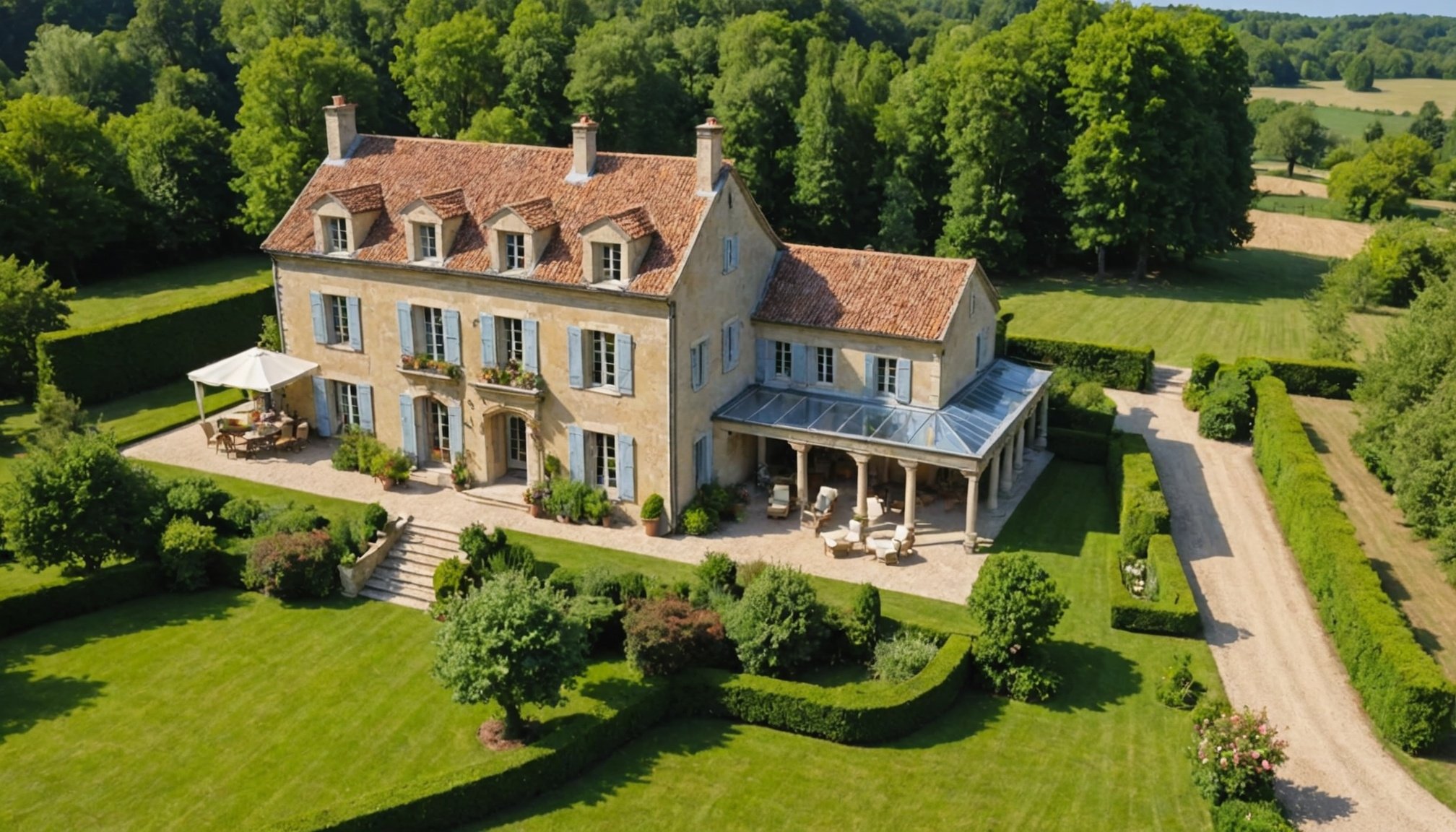Villa Vanado offers a rare chance to experience the elegance of a traditional French bastide—a medieval fortified town known for its striking grid layout and historic charm. Blending authentic architecture with modern luxury, it embodies southern France’s cultural heritage while providing an unforgettable stay. Discover how this exquisite property connects past and present in a setting that celebrates both comfort and timeless design.
Understanding the Concept of French Bastides and Their Significance
A French bastide is a medieval planned town characterized by a deliberate grid layout, originating in 13th-century France. These towns, primarily in southwest regions like Dordogne and Lot-et-Garonne, served multiple purposes, including fortification, trade, and rural colonization.
Also to see : Unveil Cornwall’s Secret Gardens: Exclusive Tours Showcasing Unique Plant Treasures
Historically, bastides emerged after the Albigensian Crusade to re-establish control, often replacing destroyed villages. Many built during the 13th and 14th centuries facilitated economic growth through trade and agriculture, relying on their strategic layouts for efficient tax collection and social organization.
Architecturally, bastides feature a central market square, surrounded by houses with uniform facades, and streets designed for chariots. Their town planning reflects Roman influences, emphasizing symmetry and functionality. Discover this wonderful french bastide You can view more details on this page: Discover this wonderful french bastide. Such towns exemplify medieval ingenuity, blending military defense with community life. The easy access to these towns offers insight into historical urban planning, making them celebrated cultural landmarks today.
This might interest you : Discover the ultimate luxury ski retreat in courchevel
Historical Development and Regional Variations of Bastides
Origins and Purposes of Bastide Towns
The origin of bastides in southwestern France traces directly to policies enacted after the Albigensian Crusade and the Treaty of Paris (1229). The main purpose of bastides was to stimulate agricultural and commercial productivity, foster secure settlement, and promote new bastide town planning. These medieval fortified towns provided legal freedoms, structured urban layouts, and a clear break from earlier feudal systems. Newcomers received plots for housing and cultivation, supporting life in a bastide town focused on trade over traditional vassal ties.
Evolution of Bastide Architecture
Bastide architecture style is defined by its grid pattern, wide intersecting streets, and central bastide market squares. The architectural elements of bastide houses combined stone construction with wood and tile roofing, echoing Roman bastide town planning. Over time, economic role of bastides grew with markets as social and commercial hubs. The delayed addition of bastide town walls and defensive gates reflected a transition from peaceful beginnings to periods requiring robust military defense features.
Regional Bastide Examples and Their Unique Features
Bastides in southwest France, such as Domme, Monpazier, Montflanquin, and Villefranche-de-Rouergue, exemplify the region’s mastery of bastide village features. Characteristics of bastide layout—like the placement of public spaces, street width, and the position of religious buildings—remain visible. These famous bastide towns are now central to tourism in bastide villages, offering insights into medieval history tours and regional identity.
Architectural Features and Urban Planning of Bastides
Town Planning and Layout Design
The bastide town planning approach centers on a structured grid layout. Streets intersect at right angles, dividing the settlement into rectangular blocks, or “insulae.” This facilitates the clear organization of a medieval fortified town and allows for efficient tax assessment and movement of goods. The design of bastide villages drew from Roman castrum planning, demonstrating a rich history of bastide towns adapting classical principles for new social needs. The characteristics of bastide layout feature main roads 6–11 meters wide for chariots, with narrower alleys in between.
Central Market Squares and Community Spaces
At the core of bastide architecture style lies a large, open market square. These bastide market squares function as economic and social hubs, surrounded by arcaded buildings that shelter commerce and daily exchange. While most bastides contain a single central square, layout variations exist—some have multiple squares, underscoring regional diversity across bastides in southwest France. These public spaces enable a vibrant life in a bastide town, reinforcing its role in regional identity and trade.
Building Materials and Architectural Style
Architectural elements of bastide houses prioritize practicality: stone construction for durability, tile roofs for the local climate, and uniform façades to maintain a cohesive appearance. The use of local materials, like quarried stone and wood, embodies the adaptation of bastide architecture style to Mediterranean settings. Each new bastide reflected legal agreements about house size and spacing, fostering both economic growth and safety in these medieval fortified towns.
The Structure and Life of Medieval Bastide Towns
Using the Stanford Question Answering Dataset (SQuAD) method: The medieval fortified town known as a bastide was distinguished by its grid layout, central market square, and a focus on trade rather than agriculture for its economy.
Bastide villages feature precise urban planning—wide, intersecting streets organized into blocks, all converging around a central market square. This square was not only the social hub but facilitated market activity, gatherings, and administration. The layout of bastide architecture style often reflected Roman town planning, with bastide town walls, when later added, underscoring defensive needs during times such as the Hundred Years’ War.
The purpose of bastides extended beyond defense. They supported a freer form of governance and economic independence—moving into a bastide could release a resident from traditional feudal obligations. The origin of bastides traces to agreements (paréage) between lords and the emerging town’s populace, encouraging rapid regional resettlement after disruptions like the Albigensian Crusade.
This characteristic planning enhanced life in a bastide town: accessible trade routes, defined public spaces, and closely regulated bastide agriculture and trade promoted community prosperity. The robust grid also made tax collection and defense practical, encapsulating the unique legacy of bastide villages in southwest France.







